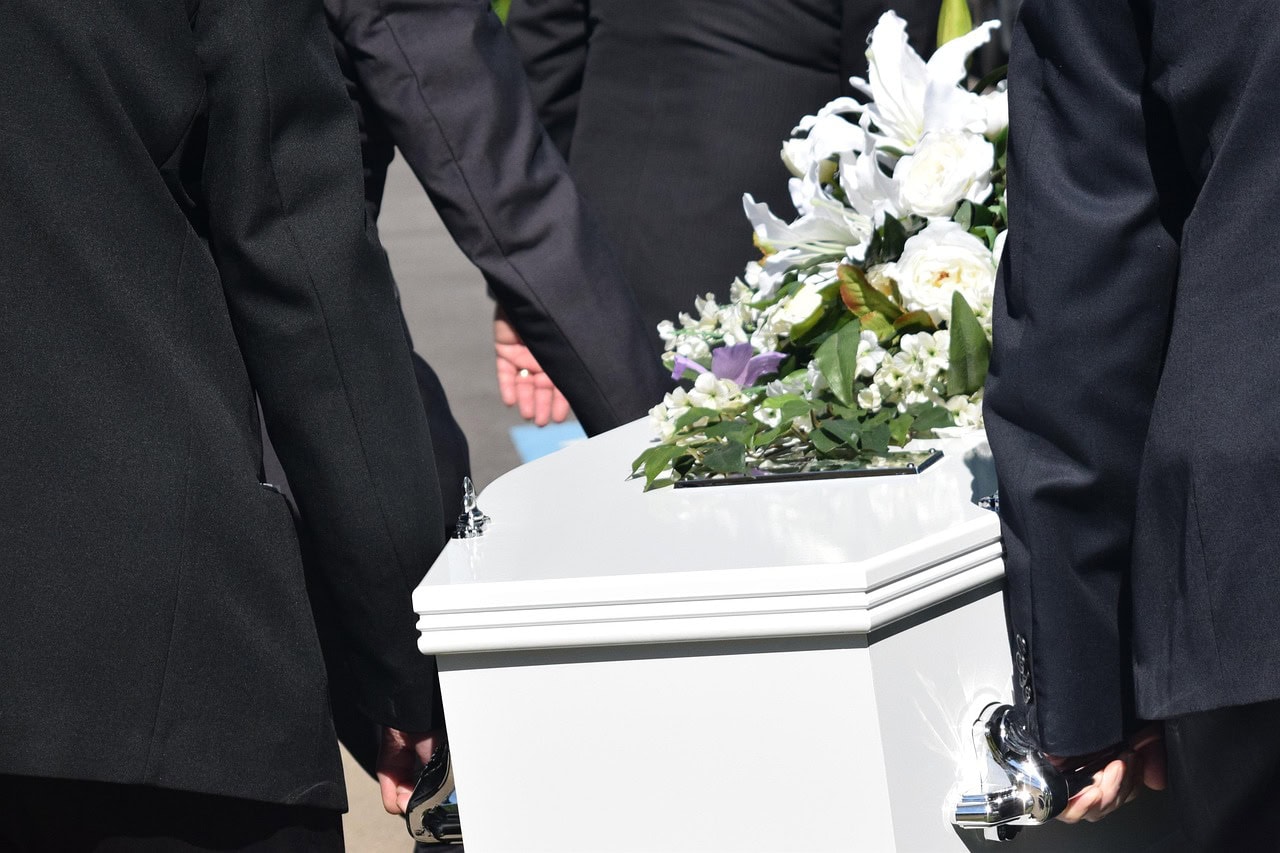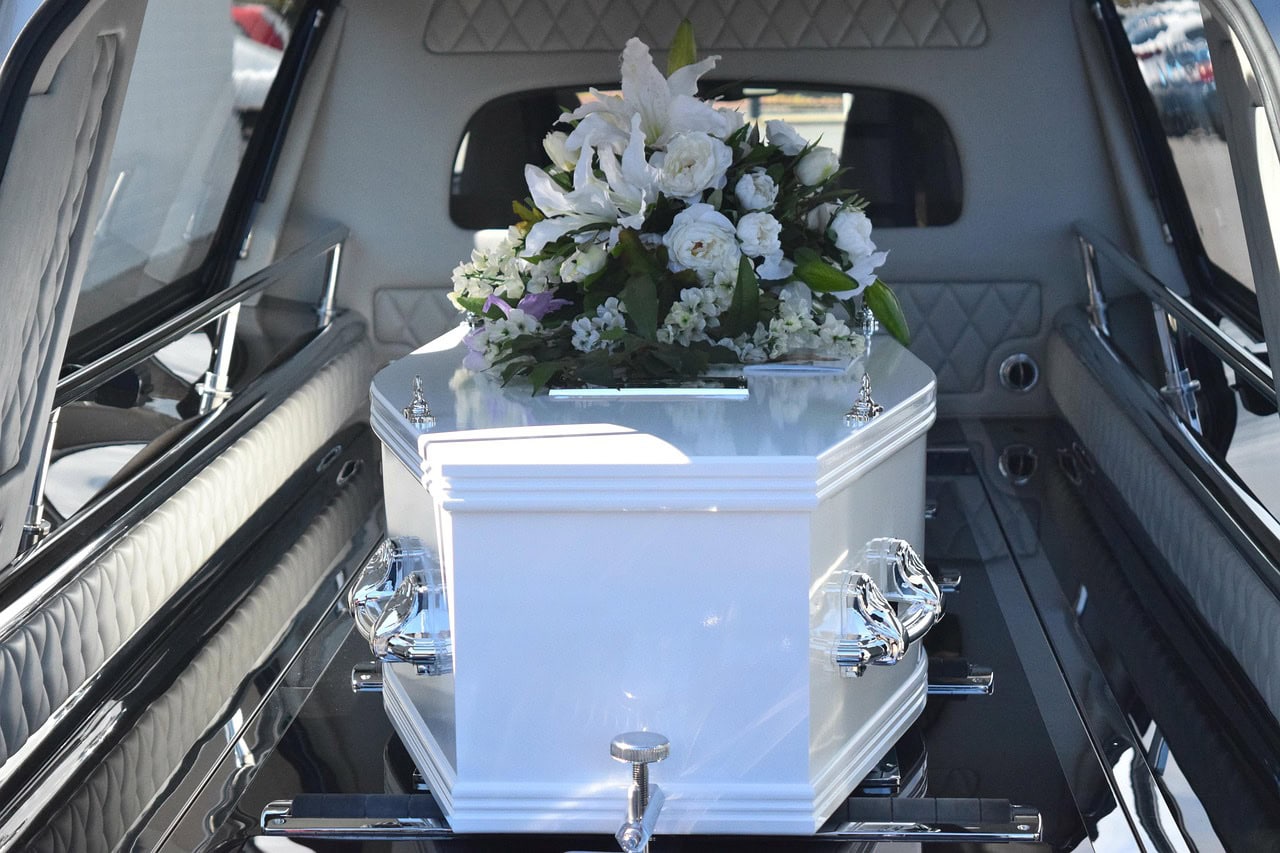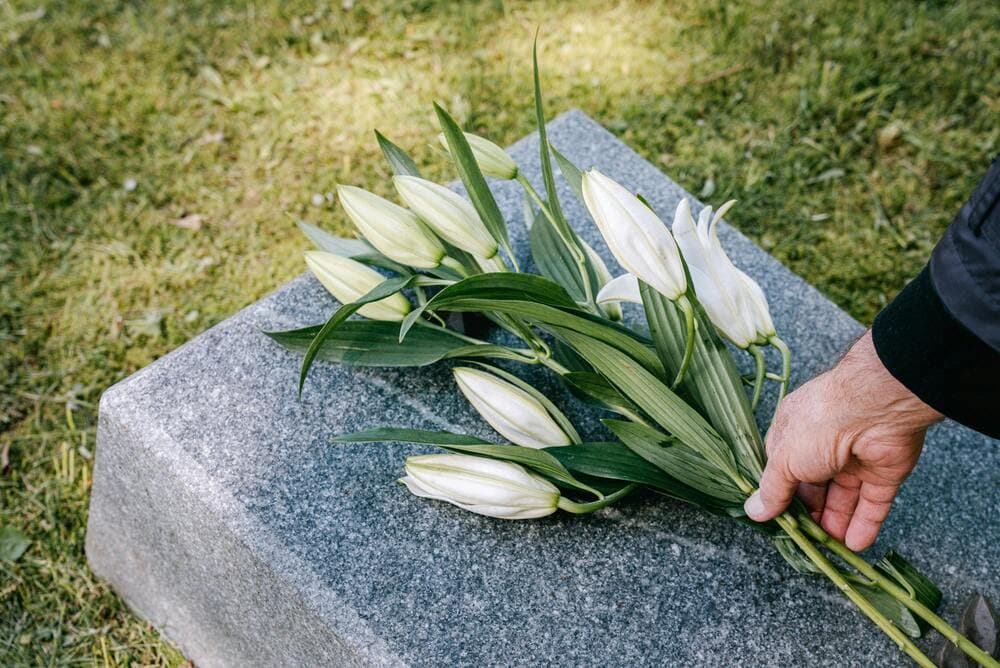
A significant part of honoring the departed is the funeral procession. At its core, a funeral procession is the formal, organized journey of mourners accompanying the deceased from the location of the funeral service to their final resting place. It serves as a final public act of respect, allowing the community to physically accompany the departed one last time. This journey signifies transition, escorting the loved one from the realm of the living towards their place of rest.
In contemporary settings, the funeral car procession is a common sight. It usually involves a hearse carrying the casket, followed by vehicles of the immediate family and other mourners. The pace is typically slow and respectful, sometimes with designated routes that may hold significance to the deceased or their family.
Variations Across Faiths and Cultures
While hearses are often seen during funeral car processions, communities worldwide embrace many unique and meaningful ways to accompany a loved one on their final journey. Different faiths and cultures observe distinct traditions for transporting the departed to their final resting place. These variations reflect deeply held beliefs about death, dealing with loss, and the transition to the afterlife, often involving specific rituals, modes of transport, or community participation distinct from the motorized procession common in many Western societies.

1. Taoist Funeral Procession
A Taoist funeral procession can be quite elaborate. It involves music, often with bands playing traditional instruments, which is believed to help guide the soul and ward off malevolent spirits. Family members, dressed in white clothing, walk behind the hearse and carry banners or lanterns. This practice symbolizes the departed’s final journey and send-off.
2. Muslim Funeral Procession
In Islam, simplicity and promptness are key. The Muslim funeral procession, or Janazah, involves carrying the deceased, shrouded in white cloth, called kafan, on a bier towards the designated Muslim cemetery. The funeral procession is often on foot, with mourners, who are traditionally men, taking turns carrying the bier as an act of merit. The focus is on quiet reflection, prayer, and swift burial, usually within 24 hours of death.
3. Jewish Funeral Procession
A Jewish funeral procession is marked by solemnity and respect, referred to as Kavod HaMet. Following the funeral service, mourners accompany the casket from the Schtiebel (funeral hall) to the cemetery. While historically often on foot, modern processions may involve cars or other vehicles. It’s the core of the Jewish funeral procession, symbolizing the community’s accompaniment of the departed. During the procession, there may be brief stops for specific psalms or prayers to be recited. The focus is on honoring the deceased and comforting the mourners.
4. Buddhist Funeral Procession
The Buddhist farewell in Singapore often begins with a period of stillness, respecting the belief that the spirit lingers near the body for a few hours. Subsequently, the body is respectfully cleansed and dressed simply, reflecting core Buddhist values. Monks guide the grieving, initiating the service with the striking of a gong. Sermons offer solace, while chanted prayers foster a reflective atmosphere, accompanied by the symbolic fragrance of incense. Family members may present robes to the monks as a token of gratitude. The procession to the final resting place, often involving the carrying of sticks symbolizing mutual support, may follow an open casket viewing, allowing final respects before the casket is sealed. Cremation, aligning with the Buddhist understanding of impermanence and rebirth, is a common final act, signifying the soul’s release.
5. Christian Funeral Procession
In Singapore, Christian funerals often involve engaging professionals for logistics like body transfer and death certificates, leading to a wake (typically 3-5 days) for community condolences at various venues. The wake features the casket with flowers and Christian symbols, and a condolence book. Vigils with prayers may occur nightly. The funeral service, held at churches or wake venues, includes hymns, Bible readings, eulogies, and sermons. Mourners often wear white (symbolizing purity) or black. A committal service follows at the cemetery or crematorium with final prayers before burial (casket lowering with potential flower/soil placement) or cremation (prayers before process, ashes collected for placement or scattering).
Navigating Traditions with Care
In all its forms, the funeral procession is a poignant and meaningful ritual. It’s a final shared journey, a testament to the life lived, and a vital step in the grieving process. Understanding and accommodating these diverse practices requires experience and cultural sensitivity.
At Ang Brothers Funeral Services, we ensure this final farewell is conducted with the utmost dignity, respect, and adherence to the traditions that matter most to you and your loved ones. Our comprehensive funeral service packages are designed to provide support during this challenging time, covering various aspects from casket selection and embalming to coordinating the funeral car procession, arranging funeral flowers, and managing the procession itself.
Don’t hesitate to contact us if you need guidance or want to learn more about arranging a funeral service honoring your specific cultural or religious traditions.

